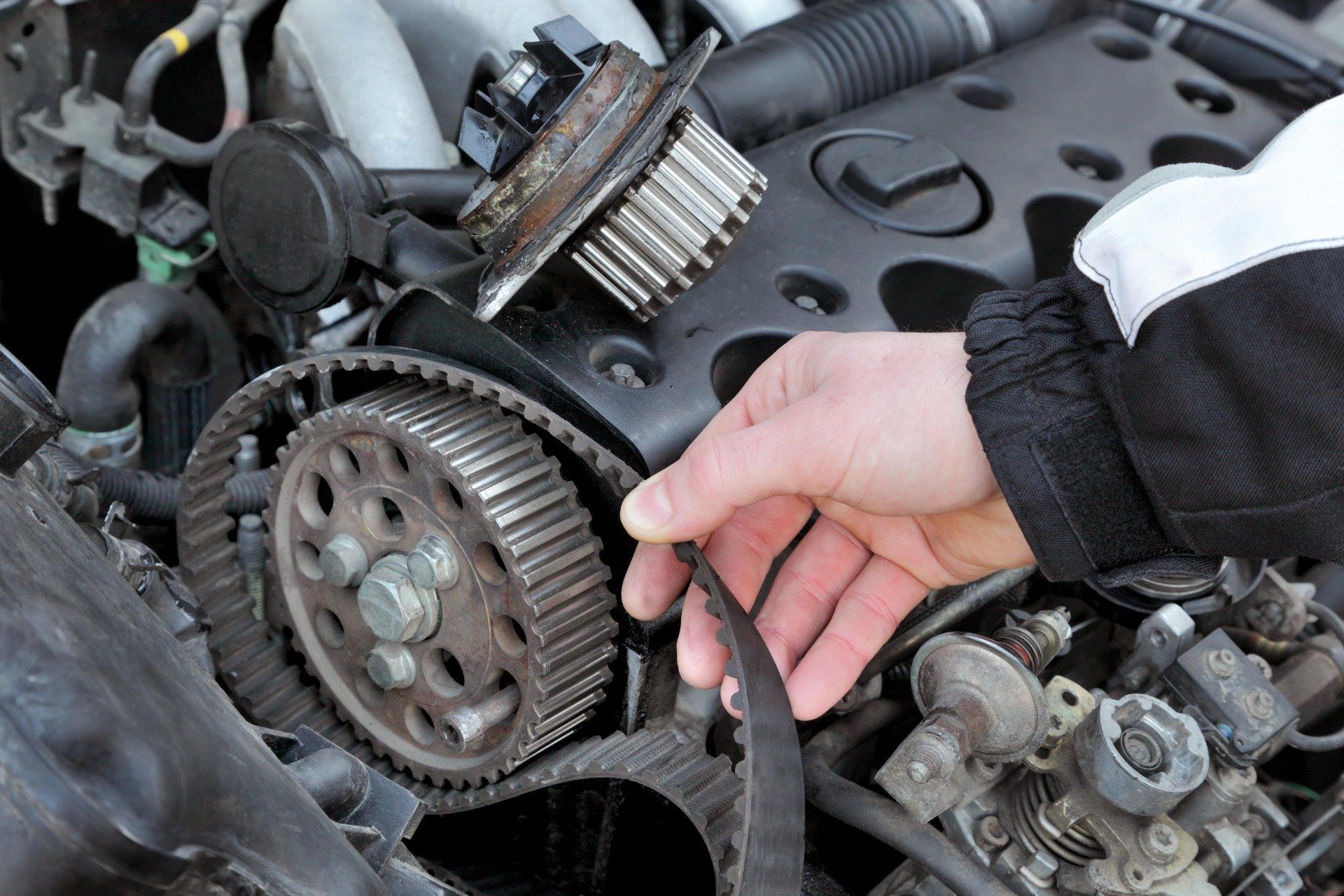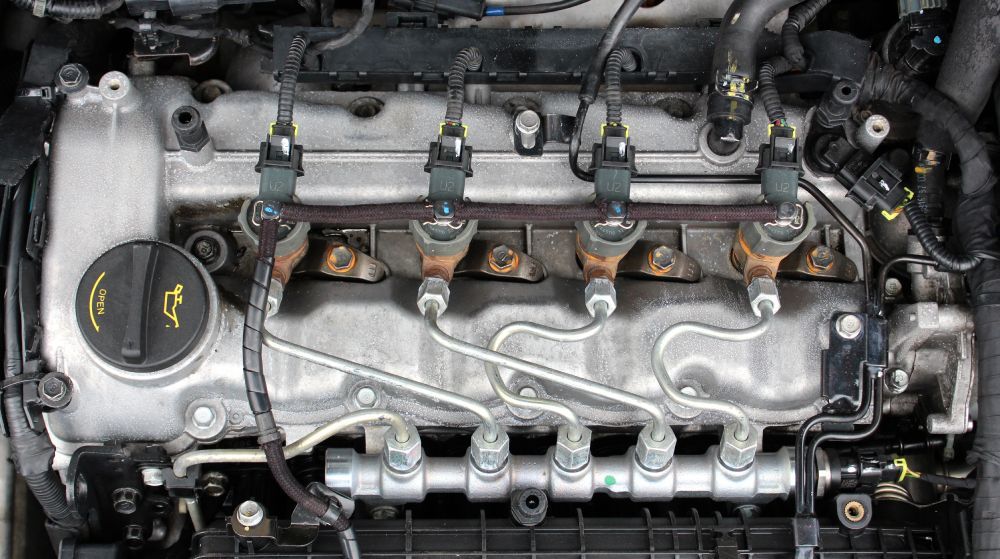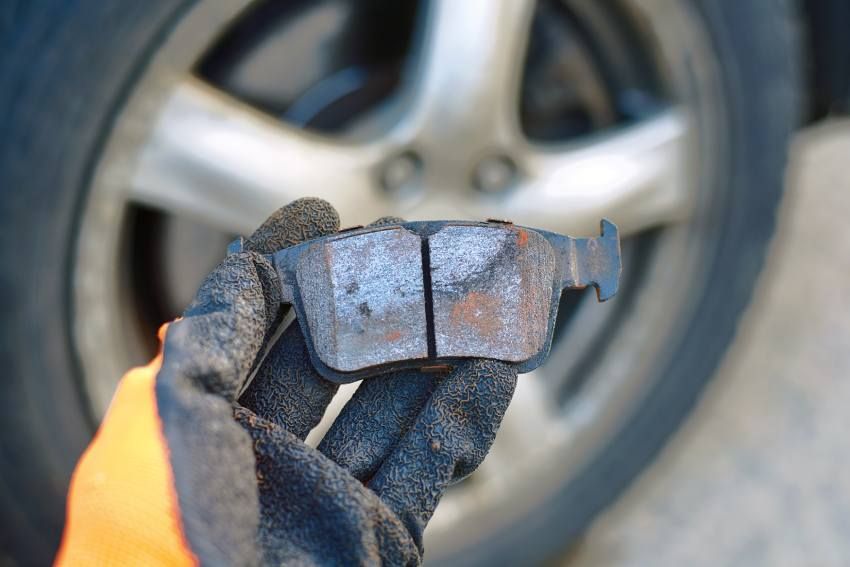How Often Should You Change Your Oil for Volvo Drivers
Look, nobody wants to think about oil changes. They're boring, they cost money, and they interrupt your day. But here's the thing—ignoring them is way more expensive than dealing with them. At Professional Auto Repair in Marietta, we've been fixing Volvos since 1985, which means we've seen what happens when people skip oil changes. Spoiler alert: it's not pretty.
Volvo says change your oil every 10,000 miles or 12 months for most modern models using synthetic oil. But we strongly recommend oil changes every 5,000 miles—or even sooner—no matter what type of oil you're using. Why? Because newer engines, especially in some Volvo models, are known to burn oil when you push those extended intervals.
It’s not just a theory—we’ve seen it firsthand. The cost of replacing an engine due to oil starvation or sludge buildup far outweighs the small inconvenience of more frequent oil changes.
Your actual driving (you know, the real-world stuff like sitting in Atlanta traffic for an hour) might mean you need to change it even more often. The good news? Regular oil changes are basically insurance against your engine turning into an expensive paperweight.
Types of Car Oil
Here's where it gets fun: oil isn't just oil. There are actually different types, and picking the wrong one is like wearing flip-flops to a snowball fight.
Conventional oil is the cheapest option, which sounds great until you realize you'll be changing it every 3,000. That's a lot of trips to the shop. It's like buying the cheapest toilet paper (you'll use twice as much and hate yourself for it).
Synthetic blend oil is the middle child nobody talks about. It's better than conventional but not as good as full synthetic. It's fine, but why settle for fine?
Full synthetic oil is where things get interesting. Yes, it costs more upfront, and technically it can last up to 10,000 miles—but we don’t recommend pushing it that far. Even full synthetic oil breaks down under stop-and-go traffic, short trips, and high-heat environments like Atlanta.
At Professional Auto Repair, we tell our Volvo customers to stick to a 5,000-mile max interval for synthetic oil. That’s the sweet spot for keeping your engine healthy and avoiding oil consumption issues that modern engines are increasingly prone to. We stock the good stuff: high-quality synthetic oils made specifically to meet Volvo’s European specification engines. Our technicians actually know which oil viscosity works for your specific model, instead of just grabbing whatever's on the shelf.
How to Check Your Oil Level
Checking your oil level is one of those things everyone should know how to do but somehow doesn't. It's like knowing how to change a tire or cook an egg—basic life skills that got lost somewhere.
Start by parking on level ground and letting your engine cool for at least 10 minutes. Hot oil lies to you about how much you actually have. Find the dipstick (it usually has a yellow or orange handle in Volvos—they're thoughtful like that). Some of the newer Volvo’s don’t have dipsticks and the oil level is found in the car status section in your driver infotainment console.
Pull the dipstick out completely and clean it with a lint-free cloth. Don't use your shirt unless you want oil stains as a fashion statement. Push it all the way back in, then pull it out again to check the level. The oil should sit between the minimum and maximum marks (not rocket science, but surprisingly easy to mess up). Or check your oil level as stated above in the infotainment.
If your oil looks like chocolate pudding or feels gritty, it's time for a change regardless of what your odometer says. Check it monthly and before long trips. Your engine will thank you by not exploding.
Professional Auto Repair offers free oil level checks during any service visit because we'd rather catch problems early than sell you a new engine later.
What Happens If You Don't Change Your Oil
This is where things get ugly. What happens if you don't change your oil becomes a very expensive lesson in why maintenance matters.
Old oil stops doing its job. It's supposed to lubricate all those metal parts spinning around inside your engine, but dirty oil is about as useful as water in a fire extinguisher. Metal starts grinding against metal, creating heat and wear that permanently damages your engine.
Then the oil gets thick and sludgy, clogging up all the little passages that keep everything flowing smoothly. It's like your arteries getting clogged, except instead of a heart attack, you get engine seizure. And unlike a heart attack, there's no emergency room for engines—just a very expensive replacement.
We've seen the aftermath at Professional Auto Repair. Our diagnosis helps us figure out how bad the damage is. But honestly, prevention through regular Volvo service in Marietta is way cheaper than explaining to your spouse why you need to spend thousands on a new engine.
Factors That Influence Oil Change Frequency
Here's where the 10,000-mile rule gets complicated. Several factors that influence oil change frequency can throw that neat little schedule right out the window.
Severe driving conditions (and yes, your daily commute probably counts) require more frequent changes. Short trips, stop-and-go traffic, extreme temperatures, and dusty roads all beat up your oil faster than highway cruising.
Atlanta traffic is particularly brutal on oil. All that accelerating and braking in bumper-to-bumper traffic generates heat and contaminants. Even if you're using full synthetic, those conditions break it down faster than you'd think. Stick to 5,000 miles or less, especially if your Volvo engine is already prone to burning oil.
Your driving style matters too. If you drive like you're auditioning for Fast & Furious, your oil is working overtime. Heavy towing, aggressive acceleration, and high-speed driving all stress your oil beyond its comfort zone.
Older Volvos might need more frequent changes as seals start to leak and let contaminants sneak into the oil system. It's not a design flaw—it's just what happens when things age.
At Professional Auto Repair, our technicians look at your specific situation instead of just following a generic schedule. We also handle transmission service in Marietta and comprehensive auto repair in Marietta, GA because your car is more than just an engine with wheels.
The bottom line? Don’t wait for 10,000 miles. Whether you're driving a brand-new XC90 or an older S60, sticking to a 5,000-mile (or sooner) oil change schedule is one of the smartest things you can do to avoid costly repairs.
Contact Professional Auto Repair today to schedule your next oil change and find out how often you should change your oil based on how you actually drive—not some theoretical perfect world.





